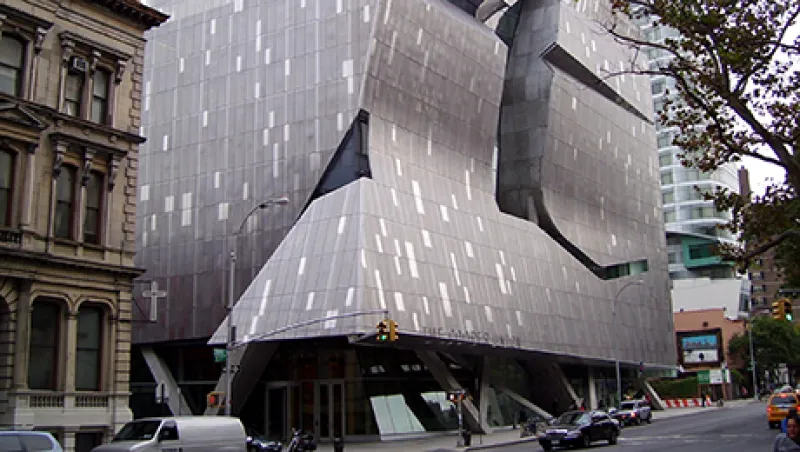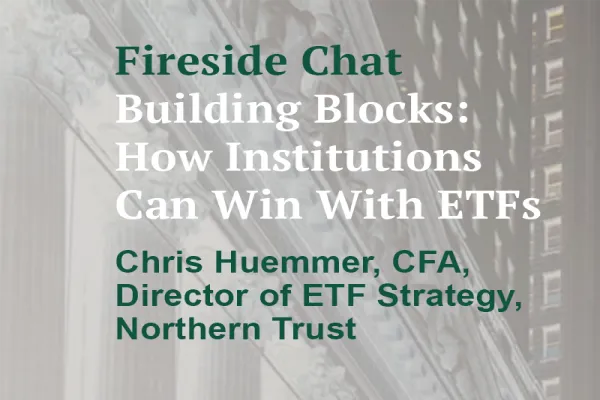On a Friday afternoon in early September, when most of New York’s 20-somethings were either already at a bar or scheming to slip out of work and find one, activist Casey Gollan and a group of his allies were assembled inside an empty retail space on the ground floor of a residence hall at Cooper Union, an arts, architecture and engineering college in Manhattan’s East Village neighborhood. Their makeshift community residency is called Nonstop Cooper, a place where informed students and recent grads answer questions from peers, parents, faculty, the press — anyone interested in the controversial events that led the school to start charging tuition last year for the first time in more than a century.
The Cooper Union for the Advancement of Science and Art was founded in 1859 by Peter Cooper, an industrialist and philanthropist whose goal was to make high-quality education available to the less fortunate. Thanks to a $723 million endowment, the small, highly selective school made good on that promise by educating students tuition-free for more than 150 years. In 2013, however, then-president Jamshed Bharucha announced that Cooper Union would begin charging tuition to avoid insolvency.
The decision outraged students and alumni, who had already expressed suspicions about the administration’s budget priorities. Fearing that tuition would poison the school’s egalitarian ethos, a group of alumni, students and faculty came together to form the Committee to Save Cooper Union and eventually sued the nonprofit school for abandoning its public mission.
They won that battle. On September 2 the office of New York State Attorney General Eric Schneiderman released detailed findings from its own investigation, citing severe failures in oversight and management over the past decade. (The fiscal follies began in 2006, before Bharucha’s arrival, when the college borrowed $175 million to replace the School of Arts building, constructed in 1912, with an ultra-modern steel-walled building by the starchitect Thom Mayne.) Under the terms of a new settlement, an independent financial monitor will now track spending, and the administration will cooperate with a new committee to find a way back to free tuition “as soon as practical.”
“There are some parallels to what has been happening in higher education as a whole,” says Adrian Jovanovic, an alumnus and software executive who co-founded Save Cooper Union. “We’re seeing massive increases in student debt and dramatic growth in administration, which we saw at the Cooper Union. Much of the expense side had been driven by administrative growth. It wasn’t going to the faculty that was doing the teaching.” To him and others, the college was acting more like a business than an educational institution, and using glamorous facilities as marketing tools.
The push for shiny new buildings is not the only trend in higher education that has come under fire this back-to-school season. Critics of the rising wealth gap between colleges have renewed a debate about the spending priorities of schools with large endowments, and whether they should be mandated to spend a percentage of their funds every year.
In late August Victor Fleischer, a professor of law at the University of San Diego, wrote an opinion piece for the New York Times comparing the amount elite colleges with multibillion-dollar endowments spend on hedge fund and private equity fees with what they spend on student tuition. He found that Yale University, considered the gold standard in endowment management, paid about $480 million to private equity fund managers in annual and performance fees — to manage about $8 billion, or one third of Yale’s endowment. “In contrast, of the $1 billion the endowment contributed to the university’s operating budget, only $170 million was earmarked for tuition assistance, fellowships and prizes,” Fleischer wrote. His research showed that at Harvard, the University of Texas, Stanford and Princeton — all among the U.S. top-ten biggest university endowments — private equity fund managers received more from endowment spending than did students. He called on Congress to require universities having endowments exceeding $100 million to spend at least 8 percent of their endowments each year on tuition support.
In 2008 Iowa Senator Chuck Grassley and Max Baucus, former senator from Montana, proposed that nonprofit universities should be mandated to disburse 5 percent of their endowments every year, with the intention that the funding be directed toward financial aid for students. The proposal didn’t go anywhere, but some large universities did increase spending on tuition support for needy students.
Those who advise or manage endowments complain that Fleischer is comparing apples to oranges. William Jarvis, managing director and head of research at the Commonfund Institute, which researches money management for nonprofits, says that by investing in alternative assets with a top-quartile-performing manager, institutions can benefit from illiquidity premiums and excess returns. It’s worth noting that Yale CIO David Swensen, who created the vaunted endowment model, delivered the goods last year. The university’s endowment generated a return of 11.5 percent in the 12 months ended June 30, better than Harvard University’s 5.8 percent return and beating the 4.55 percent rise in the Standard & Poor’s 500 index.
The pile of money Fleischer calls “hoarding” is what Jarvis and Yale say allows colleges to offer grant-heavy financial aid packages to students who can’t afford Ivy League prices, while still keeping up with inflation and the cost of operating a large college.
Fleischer’s deeper argument, however, is that wealthy schools are putting too much emphasis on the future at the expense of the present. “We’re getting that balance wrong,” he tells Institutional Investor. He and others see the pursuit of outsize endowments as an arms race, and also partly a principal-agent problem. “People take pride in having the X-largest endowment,” he says. Presidents reap immediate rewards — prestige, another presidency at an even more elite educational institution — for having grown an endowment. “If they increase the spending rate and the endowment shrinks, that kind of makes them look bad.”
The suggestion of mandatory endowment drawdowns (the norm at U.S. colleges is 5 percent) is anathema to Commonfund’s Jarvis and others. There may be such a thing as underspending, Jarvis allows, but critics are forgetting that colleges are dealing with donor-restricted funds. If a school breaks a donor contract, the donor or his or her heirs have the right to sue. (Fleischer doesn’t see this as an obstacle, maintaining in his conversation with Institutional Investor that endowments usually have at least 20 percent unrestricted funds, and often much more.)
So, what’s to be done?
Jovanovic believes students, faculty and alumni have to push for greater transparency in the way that trustees are spending the school’s funds. “I think the dynamic can be such that people don’t feel comfortable questioning the situation,” he says. “But the oversight role of the board can’t be taken for granted.”
One might think that the need for more transparency would be a shared goal. Yet in a September editorial for The Chronicle of Higher Education about the Cooper Union and Virginia’s Sweet Briar College, which this year was saved from the brink of closure, Lawrence Bacow, president emeritus of Tufts University, and William Bowen, president emeritus of Princeton University, wrote that “while transparency might seem like a noble aspiration,” academic institutions would struggle to be open without facing resistance from faculty and students. They continue, “It is very difficult for academic institutions facing hard choices to be truly open about the choices on the table without provoking protest from those who seek to preserve the status quo. Colleges are often characterized as bastions of liberalism but, in fact, their three key constituencies — students, faculty, and alumni — tend to be quite conservative when confronted with the need for change.” The authors were also troubled by the enthusiasm for intervention by elected officials, who may be playing to the press.
When his office announced the results of its investigation, Attorney General Schneiderman said, “It is my responsibility to promote and protect New York’s nonprofit sector and to help cherished New York institutions like Cooper Union which encounter financial, governance, and operational issues to address them.”
Back on Cooper Union’s small campus, activist Gollan explains his outlook, effortlessly leaning on legal jargon while using one sandaled foot to stroke a black Lab that makes cameos in the group’s Instagram feed. “I was just going to art school,” he says with a laugh. “I never thought I’d be talking about real estate or taxes and finances.”
Then he points out the window to moving vans on Stuyvesant Street in front of the Hamilton Fish House, a brick Federal-style home built around 1804 and used as the Cooper Union president’s residence. “Jamshed is moving out today,” he says. Students were particularly angered that while the school was imposing tuition, the president’s compensation package included free housing in a historic building. The interim president will not be moving into the plush digs. Instead, the building will be leased out to generate much-needed revenue.






